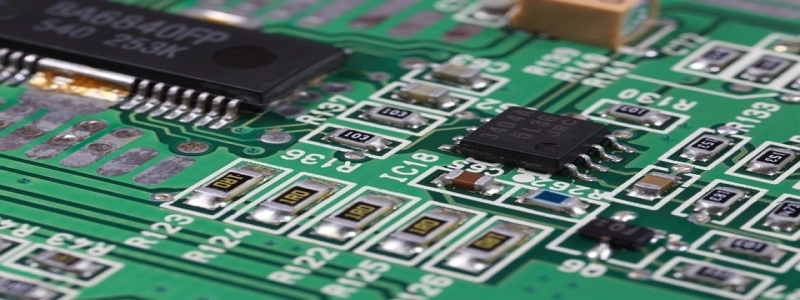BNC to Ethernet
Introduction:
In this article, we will discuss the concept of BNC to Ethernet, explaining what BNC and Ethernet are and how they are connected. We will also explore the reasons why someone might want to convert from BNC to Ethernet and describe the steps involved in this conversion process.
I. Understanding BNC:
A. Definition and Function:
1. BNC stands for Bayonet Neill-Concelman.
2. BNC connectors are most commonly used in analog video applications.
3. Function: Transmit and receive low voltage signals, ensuring a secure connection.
B. Usage and Limitations:
1. BNC connectors are commonly used in closed-circuit television (CCTV) systems.
2. Limitations of BNC include signal degradation over long distances and limited data transfer rates.
II. Introduction to Ethernet:
A. Definition and Function:
1. Ethernet is a widely-used networking technology.
2. Ethernet allows for the transfer of data between devices in a local area network (LAN) or wide area network (WAN).
3. Function: Facilitate high-speed data transmission, providing a stable and reliable connection.
B. Benefits of Ethernet:
1. Ethernet offers faster data transfer rates compared to BNC.
2. Allows for simultaneous transmission of multiple data streams.
3. Suitable for both residential and commercial networks.
III. Reasons for Converting BNC to Ethernet:
A. Improved Performance:
1. Ethernet provides faster and more reliable data transmission.
2. BNC may struggle with bandwidth-intensive applications.
B. Extensibility and Scalability:
1. Ethernet networks can be easily expanded and scaled to accommodate growing needs.
2. BNC connections can be limited in terms of scalability.
C. Compatibility:
1. Ethernet is widely compatible with modern devices and network infrastructure.
2. BNC compatibility may be more limited, especially with newer devices.
IV. Steps for Converting BNC to Ethernet:
A. Identify the Equipment Needed:
1. Ethernet router or switch.
2. Ethernet cables.
3. BNC to Ethernet adapters or converters.
B. Disconnect BNC Connections:
1. Ensure power is turned off to all connected devices.
2. Disconnect BNC connectors from the devices.
C. Connect Ethernet Equipment:
1. Connect one end of the Ethernet cable to the Ethernet router or switch.
2. Connect the other end of the Ethernet cable to the BNC to Ethernet adapter or converter.
3. Connect the BNC connector to the BNC to Ethernet adapter or converter.
D. Test and Troubleshoot:
1. Power on the devices.
2. Check for proper connectivity and data transmission.
3. Troubleshoot any issues that may arise.
Conclusion:
Converting from BNC to Ethernet can improve performance, provide scalability, and increase compatibility. By following the steps outlined in this article, users can easily transition from BNC to Ethernet and enjoy the benefits of faster and more reliable networking. Whether it is for personal or professional use, upgrading to Ethernet is a worthwhile investment in modernizing your network infrastructure.








